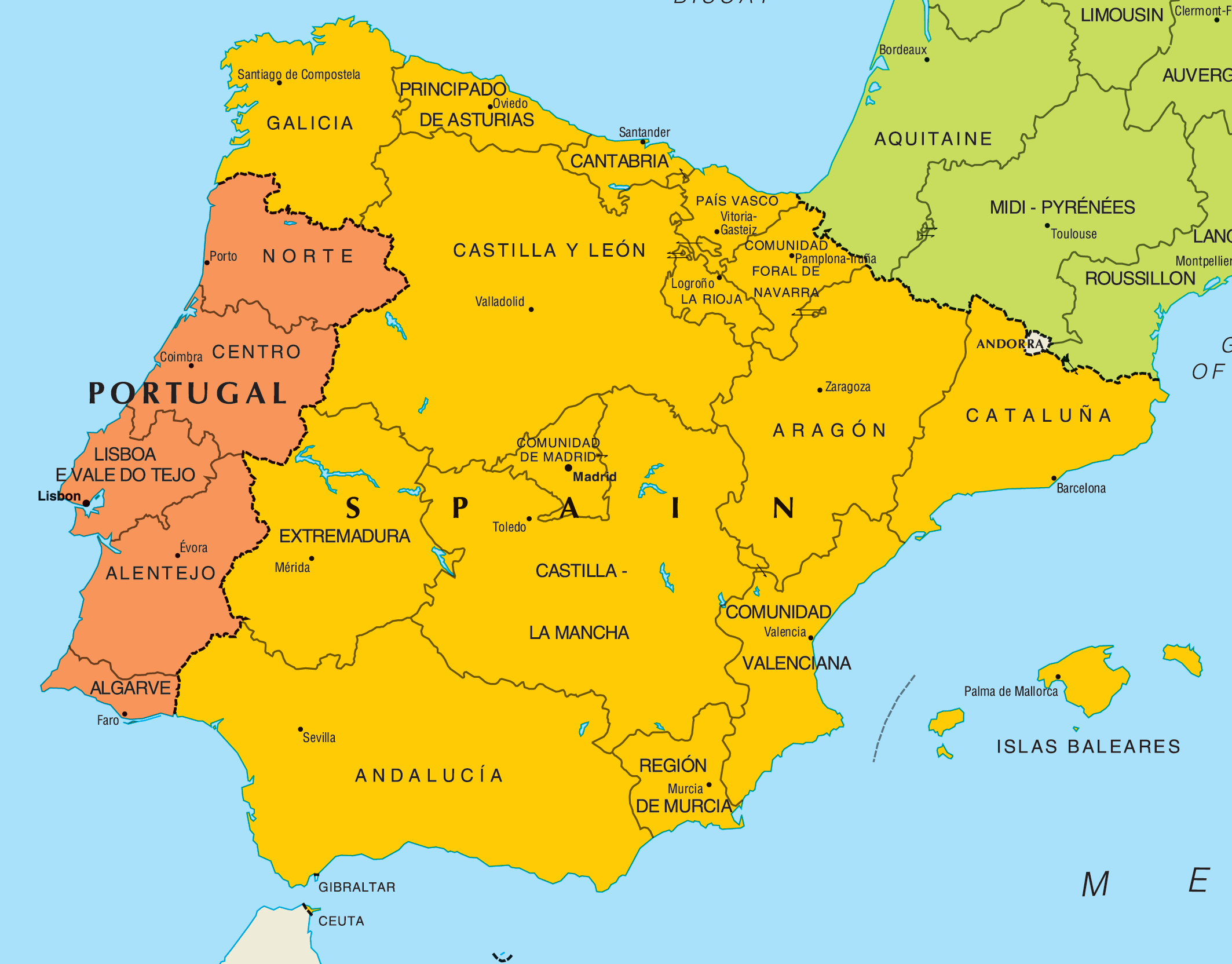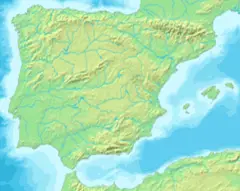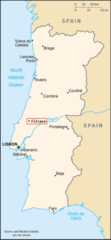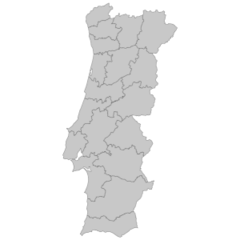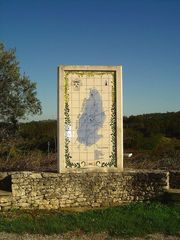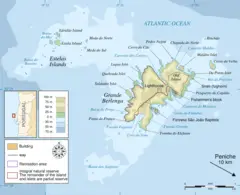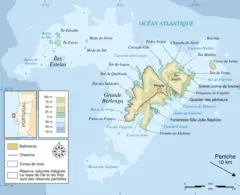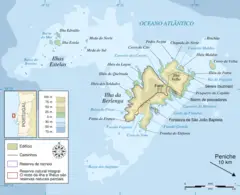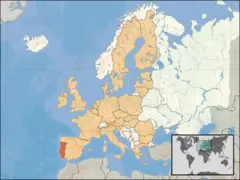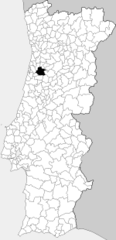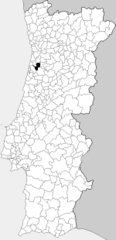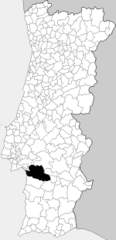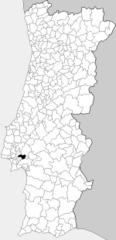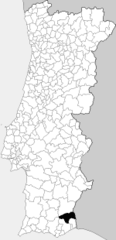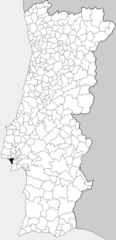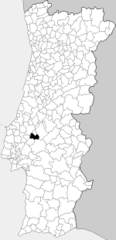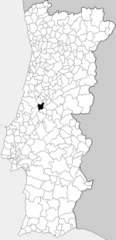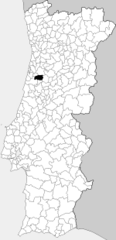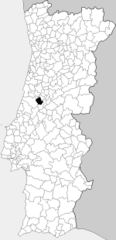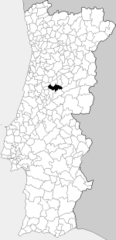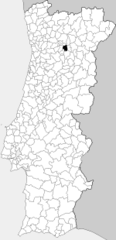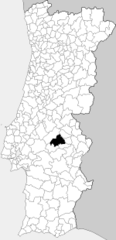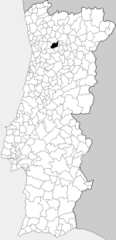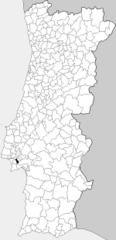Portugal And Spain
Portugal and Spain are two countries located on the Iberian Peninsula in southern Europe that share a border and have many cultural similarities. However, they are also independent nations with their own distinct identities and histories.
Geography
- Portugal occupies the western side of the Iberian Peninsula, bordering Spain to its east and north.
- Spain makes up the majority of the Iberian Peninsula and also includes the Balearic Islands, the Canary Islands, and cities in North Africa.
- Portugal is approximately 92,000 square km while Spain is much larger at 505,000 square km.
Population
- Portugal has a population of about 10.3 million people.
- Spain has a much larger population of around 46.7 million people.
Languages
- The main language spoken in Portugal is Portuguese.
- In Spain, the main languages are Spanish, Catalan, Galician and Basque.
Major Cities
- Portugal's major cities include Lisbon, Porto, Braga, and Faro.
- Some of Spain's largest cities are Madrid, Barcelona, Valencia, Seville and Bilbao.
Government
- Portugal has been a democratic republic since 1910.
- Spain has been a constitutional monarchy since 1978 after decades of dictatorship under Franco.
Cuisine
- Portuguese cuisine features foods like bacalhau (salted cod), piri piri sauce, pastéis de nata (custard tarts) and port wine.
- Well-known Spanish foods include tapas, paella, jamón serrano, chorizo, and dishes with olive oil.
While the two countries share the Iberian Peninsula and have interconnected histories, Portugal and Spain have distinct cultures, landscapes, and national identities today.
